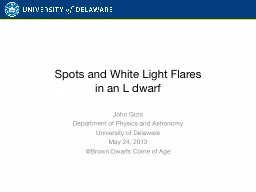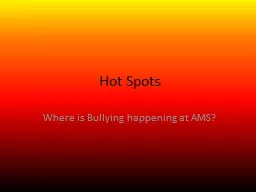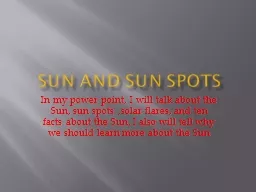PPT-Spots and White Light
Author : briana-ranney | Published Date : 2016-08-06
Flares in an L dwarf John Gizis Department of Physics and Astronomy University of Delaware May 24 2013 Brown Dwarfs Come of Age Collaborators and Facilities
Presentation Embed Code
Download Presentation
Download Presentation The PPT/PDF document "Spots and White Light" is the property of its rightful owner. Permission is granted to download and print the materials on this website for personal, non-commercial use only, and to display it on your personal computer provided you do not modify the materials and that you retain all copyright notices contained in the materials. By downloading content from our website, you accept the terms of this agreement.
Spots and White Light: Transcript
Download Rules Of Document
"Spots and White Light"The content belongs to its owner. You may download and print it for personal use, without modification, and keep all copyright notices. By downloading, you agree to these terms.
Related Documents













